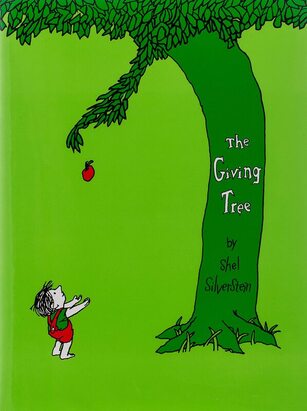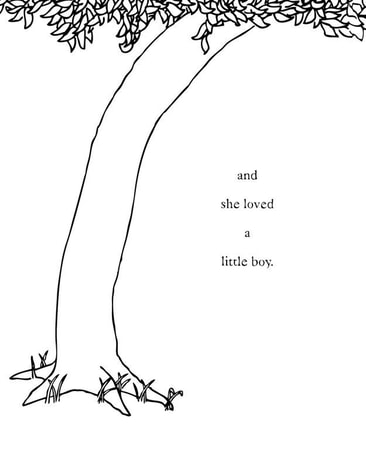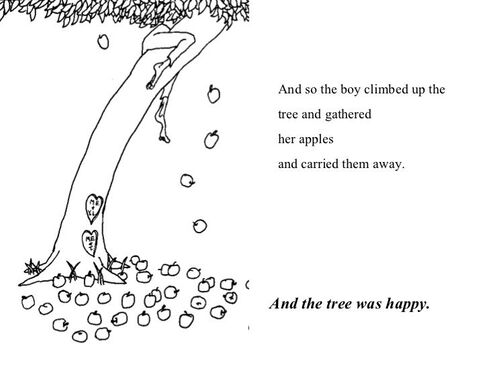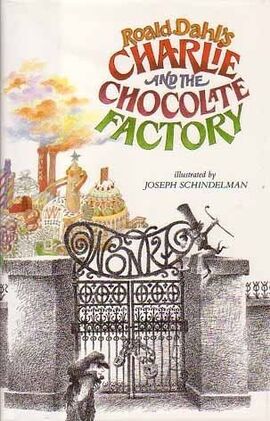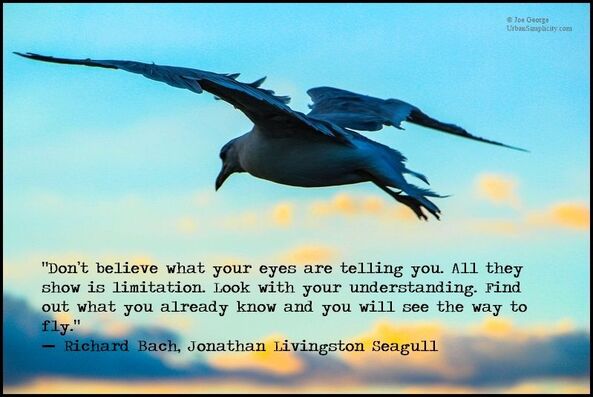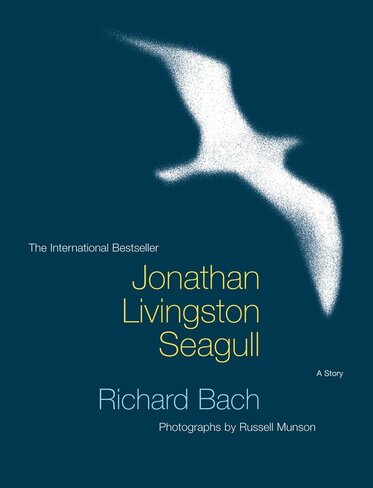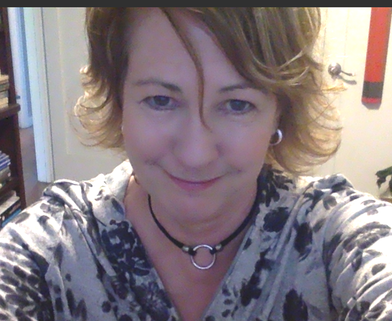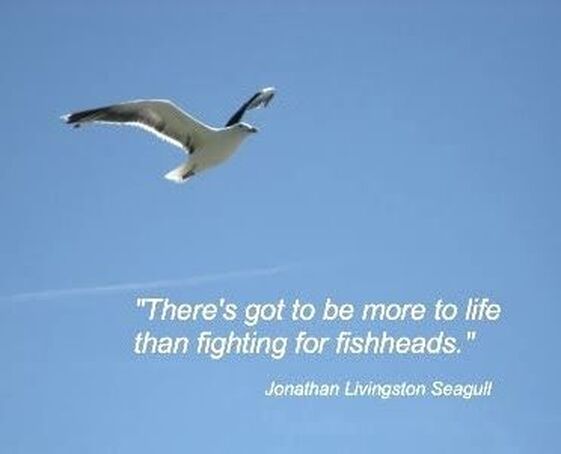Friends, welcome to the 3rd edition of the "Tracking Your Wyrd" course.
Thanks for coming back.
I was hoping me getting all preachy in the last letter didn’t turn you off.
Sometimes a wyrd girl just has to say her piece. Say her peace.
Because part of my wryd is to advocate for all of our wyrds.
We’re going to stay a little bit longer in our childhood and adolescent years, because I’ve come to envision the first part of our lives as “on-the-job” training for our wyrds. If we use James Hillman’s metaphor of the acorn that is encoded to become an oak tree, then our childhoods are where that acorn takes root and shoots and sprouts. Initial conditions are critical, and thus, I imagine our Genius is close to us then, looking out for us, providing the necessary prima materia, the alchemical term for the primary materials we need to create the opus that is our lives, that is the oak tree we are meant to become. (I am mesmerized by this video of the acorn becoming an oak tree.)
Nature's so wyrd, right?
Wyrd like us.
I mean, wyrd in a beautiful way.
(I always mean wyrd in a beautiful way.)
We develop much (most?) of our character in our childhood and adolescence, and one of the ways we do so is through the characters in our lives that captivate our attention. “Look at them,” our Genius seems to say. “There’s something you need to learn from them. There’s something they have that you’ll need to have too.” So we are drawn to them.
They have magic.
They have medicine.
They have magnetism.
They have mana (a spiritual life force) and they are manna (they provide nourishment).
For this week, I’d like to invite you to think back to the characters you were drawn to in childhood and adolescence. For right now, I’d like these to be people you don’t know personally in the flesh (we’ll discuss them later when we look at mentors and allies). These characters may be characters in your...
|
I emphasize the word “favorite” here because I want these to be characters that you spent a lot of time with when you were young, characters you revisited often, because in the repetition lies important information about the kind of wyrd you were in need of developing.
|
Perhaps as a child, you absolutely loved Shel Silverstein’s book The Giving Tree. The character you were drawn to was the apple tree (yes, look for favorite non-human characters as well) who gives so much of herself for the boy-turned-old-man. You couldn’t get enough of reading about the tree. Perhaps you admired the tree and wanted to be the tree, which was you learning about the importance of generosity and selfless giving, which is part of your wyrd, which is part of your genius, which is part of your gifted and talented self. Or perhaps you identified with the boy, and wanted your own tree, wanted someone in your life to give selflessly to you because that was something missing in your life. Perhaps it was less about your wyrd and more about your wound. |
|
Well, I’m going to argue later in this series that your wyrd and your wound are necessary companions, that our wounds help us grow our wyrd—stay tuned for that one. So if you didn’t have people around you who, like the tree, gave selfishly and took pleasure in giving, she became an important placeholder for you, someone who could demonstrate those values to you to protect your wyrd. Whether you wanted to be the boy or be the tree, either way, by being magnetized to The Giving Tree, your wyrd sensibilities were being honed, sharpened, sensitized by your repeated reading.
|
When I was a kid, one of my favorite books was Charlie and the Chocolate Factory. I don’t remember a ton from my childhood, but I do have many visual memories of the different places where I was when I read that book, and the inside of that book to this day still shows the faint notches I would make every time I read it (wyrd behavior, right? Gotta love mini-me).
|
Now look. A lot of kids love The Giving Tree and Charlie and the Chocolate Factory, I know. So what you want to do with this exercise is try to hone in on what characters you were drawn to and why. What were they demonstrating or teaching that you needed at the time? What values did they embody that were necessary to your wyrd? For me, I really loved Charlie for his humble and unassuming nature, something that’s true to my character still, perhaps to a fault, but hey, Charlie is rewarded in the end, right? I was also drawn to Willie Wonka who is such a visionary, such a utopian dreamer, which is also reflective of my character (and would later show up in my magnetism to Martin Luther King, Jr.). That’s an example from my childhood, and eventually I put that book down, lessons learned. But let’s also look at adolescence as well, the characters we were drawn to then. |
|
My parents didn’t have a lot of books in our house growing up, though they provided my sister and me with access to library books and money to buy our own books when the Scholastic Book Club came around. One day, I was looking at the meager shelf of adult books and was drawn to one called Jonathan Livingston Seagull, by Richard Bach. I devoured it, so drawn to the character of Jonathan, the seagull who was bored with the limitations of flock-life and longed to soar higher, to achieve more in life, to have finer adventures. I grew up in a small, flock-like town, the fifth generation to do so, and I experienced life as similarly limited. Like Jonathan, I longed to soar. And my Genius must have known I was fated to soar away from there, and gave me just the character I needed at just the right time to bolster my bravery and curate my courage. |
Jonathan was also a bit of a utopian dreamer, as were many other characters I was drawn to in childhood and adolescence, and continued to be drawn to in college as well, when I designed an independent study course in utopian fiction. If you take on this suggested assignment and really delve into it, you’ll start to notice patterns as well.
|
In fact, I’d suggest in your journal that you divide the page into three columns—one for the name of the book/film/story etc., one for the characters you were drawn to, and one for the lessons you learned or the values expressed by the character—and discern what themes and patterns may arise, and how those have played out in your life, how those are expressions of your wyrd, genius, gifted and talented character.
I think you're gonna love this assignment--bring on the nostalgia!
Would you believe me if I told you I got this quote tattooed on my body?
(Don't!)
(Don't!)
If you’re interested in a more in-depth study of how to bring your wyrd and your genius into more congruence in your vocational life, consider my course Deep Vocation: Restoring Your Soul’s Purpose, Power, and Pleasure. Click here to learn more.

